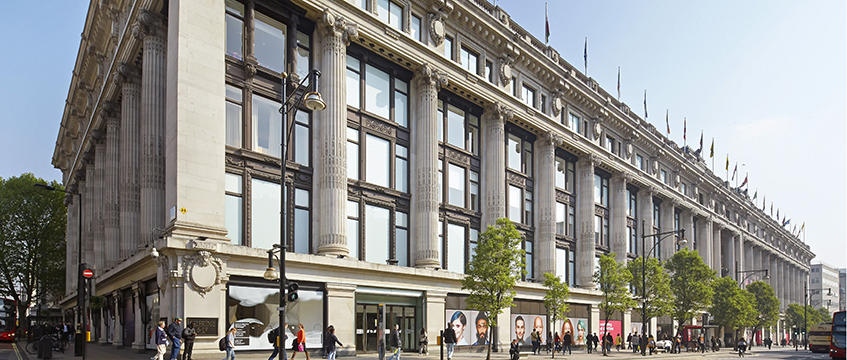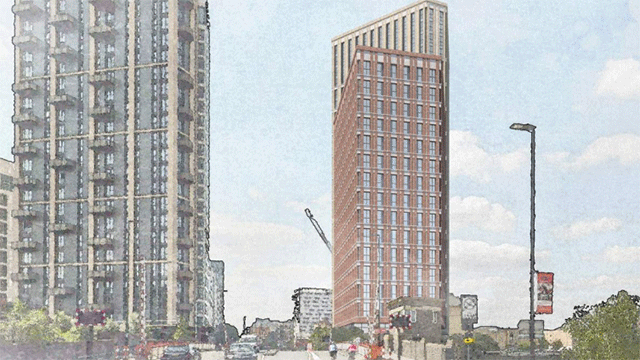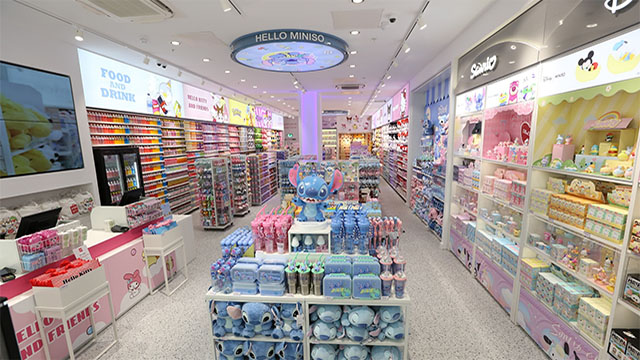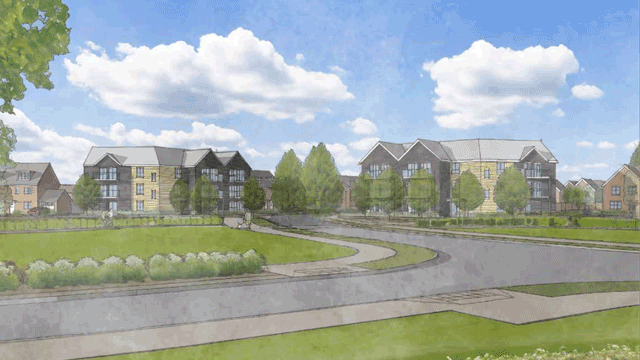COMMENT The pandemic has caused seismic shifts in the spaces we use. People have been quick to give up on some, calling “the death of the high street” and “the death of the office”.
It is true the retail sector has taken a serious hit. But although the need for some kinds of buildings has fallen off a cliff, for others it is soaring. As offices in central business districts have remained closed, well-located, adaptable workspaces in neighbourhood high streets are increasingly in demand.
The popularity of flexible workspaces was already rising before Covid-19 struck, and JLL predicts that by 2030 a third of all office space will be flexible – partly a result of the boost given to the sector by the pandemic. However, coronavirus has also caused a contraction in supply, as some operators have been forced to close.
In some places closed retail spaces could provide the answer to this supply/demand crunch. In Leeds, for example, Spacemade was brought in pre-pandemic by a building owner to take over the operations of an existing 16,000 sq ft serviced office to turn it into a flexible co-working space. Then the pandemic hit.
The Pizza Express restaurant on the ground floor of the building closed and the owner asked us to integrate that space into the co-working offer. The pre-launch demand was phenomenal as people embraced a new way of working.
Lessons from hospitality
We are not the only ones to have seen this. Plans are afoot to turn a JD Wetherspoon hotel, The Queens Hotel, in Newport into a co-working space and private members’ club, while Westfield London has submitted proposals to convert two-thirds of its anchor stores into co-working spaces.
There is good evidence that the model works. The Wythe Hotel in New York, which pivoted into a co-working hub while closed during coronavirus, found the move so successful that it is looking to make it permanent.
There are also important lessons that co-working operators should learn from retail and hospitality. These include the importance of customer service, providing attractive amenities, and having an independent feel that avoids a one-size-fits-all approach. To survive, the office needs to become a destination that you want to go to, as much as going to a restaurant or café.
However, the success of retail-to-flexible-workspace conversions ultimately boils down to the type of building that becomes available. Unfortunately, many retail sites do not offer good enough floorspace or natural light to render them appropriate as flexible co-working areas.
These spaces also need to be easily accessible for commuters: near secure bike storage, train stations and parking. Taking them on will be a risk and requires significant market knowledge and expertise to make it work.
Time and community
We estimate that approximately 5% of the current closed retail stock lends itself to being converted in this way. That might not sound like much, but 5% of thousands of closed shops, restaurants and pubs is still a hugely exciting opportunity.
Our high streets have always evolved based on what people want and need. They began to develop when people stopped being able to grow their own food and be self-sufficient. There was a need for grocers, bakers and butchers.
Now we can get our groceries and dinners via apps, we have all realised that time and community are what matters. That means less time commuting to grey corporate headquarters and more in genuinely collaborative spaces or with loved ones. It is time the real estate industry adapts accordingly and catches up with demand.
Jonny Rosenblatt is co-founder of Spacemade











